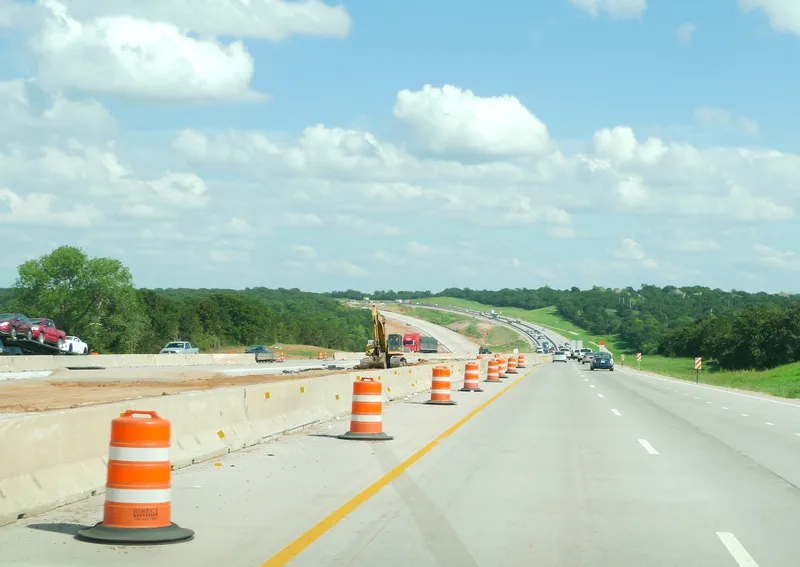International Road Dynamics (IRD) has been awarded a $4.9m contract to help manage the Federal Highway Administration (FHWA)’s weigh-in-motion (WIM) programme.
October 7, 2015
Read time: 1 min











